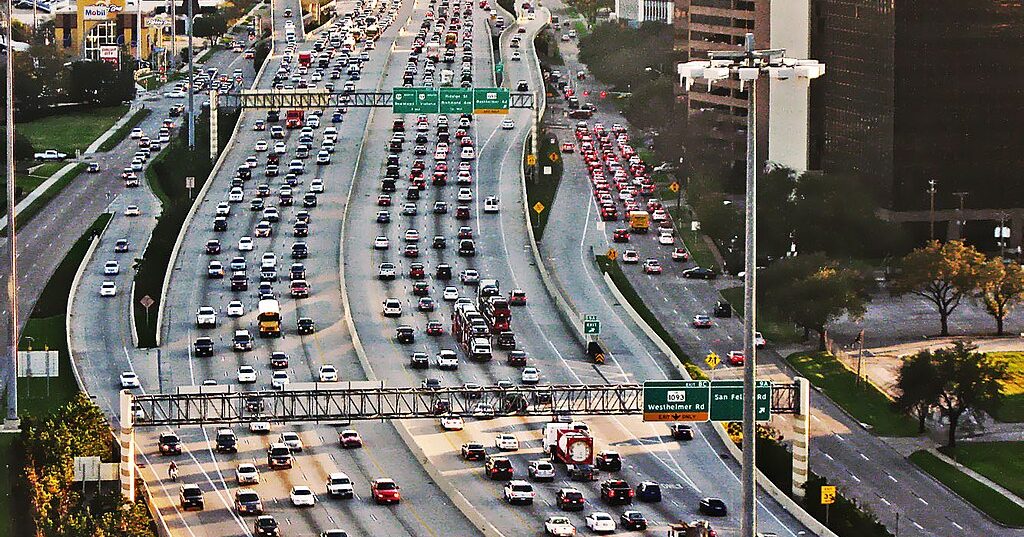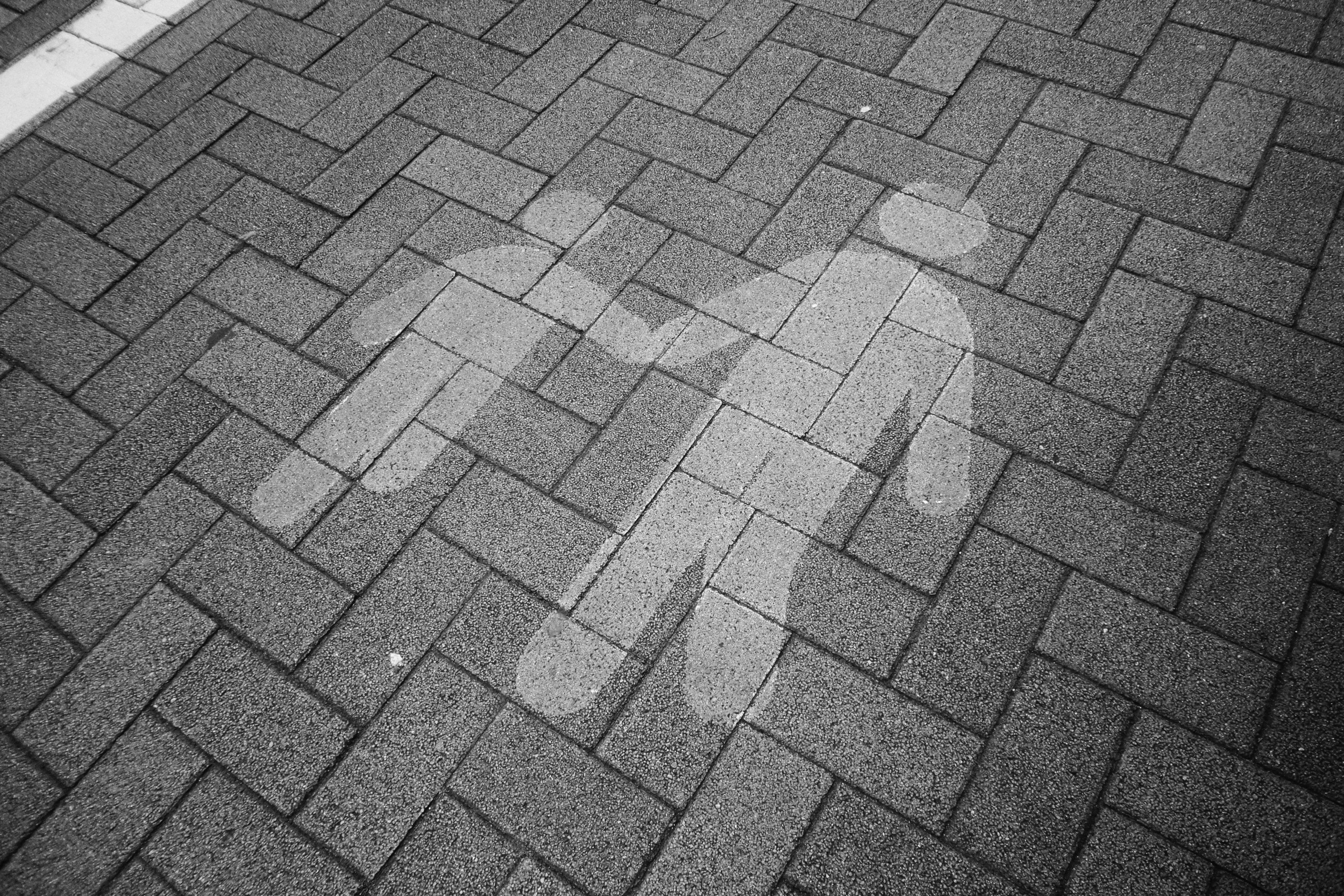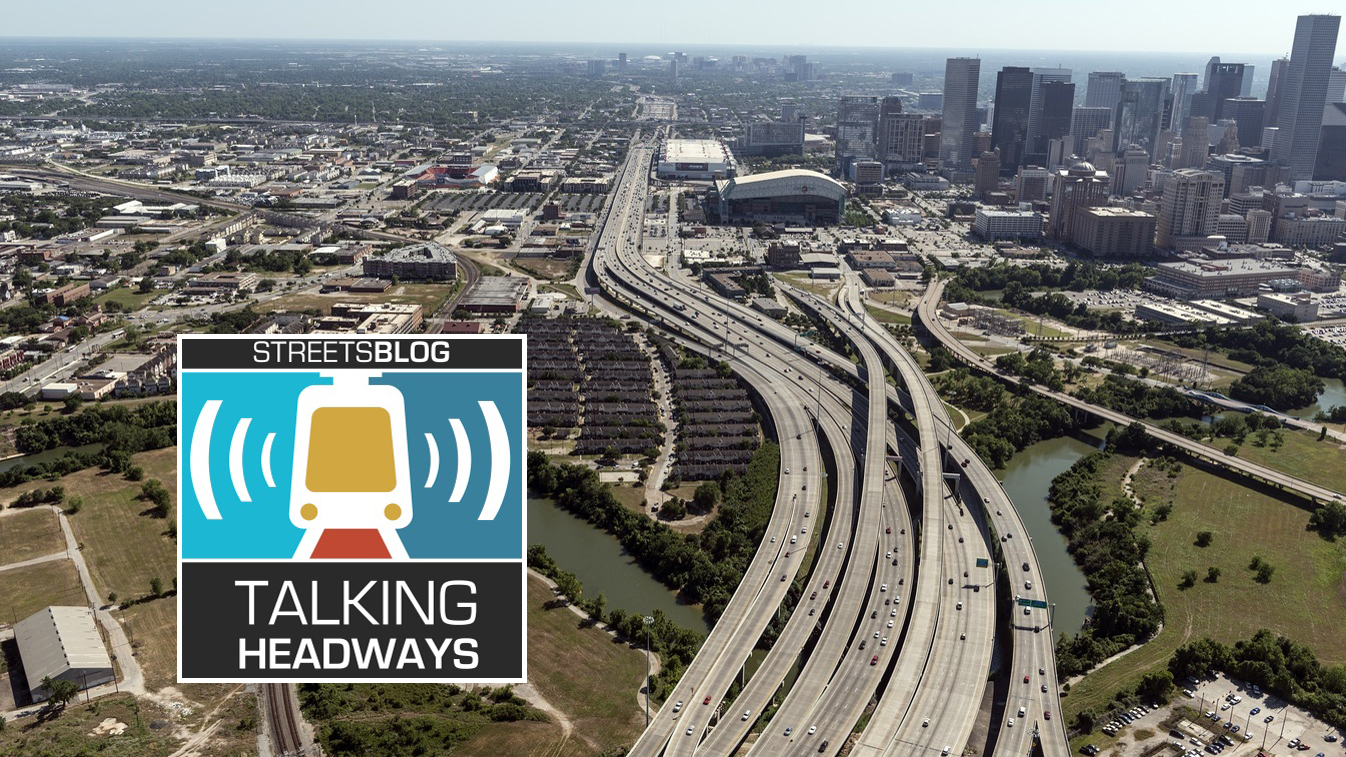Cleveland is finally getting around to establishing guidelines to foster walkable development around rail stops -- which is in very short supply. Some stations are surrounded by little more than vacant industrial space or parking lots. (One of the stops on the underused Waterfront Line, called "Muni Parking," is in the middle of the enormous City Hall parking lot.)

A 2011 report, "BUILT Ohio" [PDF], recommended the elimination of parking minimums to foster transit-oriented development. But it remains to be seen whether the city will have the conviction to follow through on that idea. Reducing parking minimums came up at a recent planning meeting and immediately ran into the "people can’t live without their cars" pushback, reports Marc Lefkowitz at Green City Blue Lake.
Lefkowitz says the city should not be deterred:
It may be instructive for Cleveland to see how some other cities have handled the elimination of parking minimums. Cities where parking requirements were loosened and places were built without parking also invest in the pedestrian environment and connections to transportation options such as transit, car hailing and car share service. In fact, there may be no better way to leverage the $17 million new train station at Little Italy or $30 million Public Square upgrade.
Transit oriented developments, like Uptown in Cleveland, which was recognized for building with TOD guidelines at its core, is a shift in the current development paradigm. The economics are already looking more favorable for TOD, even in slow markets like Cleveland. There are 17 acres of vacant and underutilized land near transit stops in University Circle and those closest to the new train station in Little Italy have seen housing values increase to an average of $200,000, according to the BUILT study.
It would be a mistake to allow parking minimums to undermine the value creation of Little Italy and University Circle -- which is really an outcome of an early adoption of TOD principles and a transportation demand management plan to reduce traffic congestion. TOD that adheres to these principles requires the conversion of land that cars would occupy into more living space and better public spaces.
Elsewhere on the Network today: Beyond DC compares ridership on the new DC streetcar to other lines, adjusted for length. Boston Streets makes the case for automated enforcement to reduce motorist speed and save lives. And The Urbanist posts a defense of suburban park and rides.





